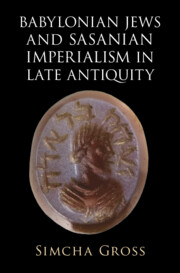Following attacks by Syriac Orthodox Christians around 792, a group of Maronite monks in northern Syria appealed to Timothy I, the Catholicos of the Church of the East, to intervene on their behalf with the Caliph, with whom the Catholicos was believed to have a close relationship. In his response, Timothy encouraged the Maronites to join his own church, noting that its many martyrs established its theological purity:
For if anyone says that the soil of the east is the soil of holy martyrs, he is never far from the truth. For [during a period of] about four hundred years of Persians [rule], violence and murder did not cease from the Church of the East (ʿedtā d-madnḥā). And in all this time and duration of killing and persecution, Satan could never pillage the riches of their confession, nor make any addition or diminution [therefrom].1
Timothy also urged the Maronites to read “the books of Martyrdoms, that is, from the acts of the martyrs who suffered martyrdom in the East” and to witness his followers’ veneration of the “bones of the holy martyrs.”
2 Timothy’s remarks invoke the East Syriac Church’s longstanding glorification of martyrdom, particularly in defiance of the Sasanian Empire, reflected in its copious martyrological literature and in the many martyr shrines that dotted the East Syriac landscape, which served as sites of annual commemorations and pilgrimage.
3